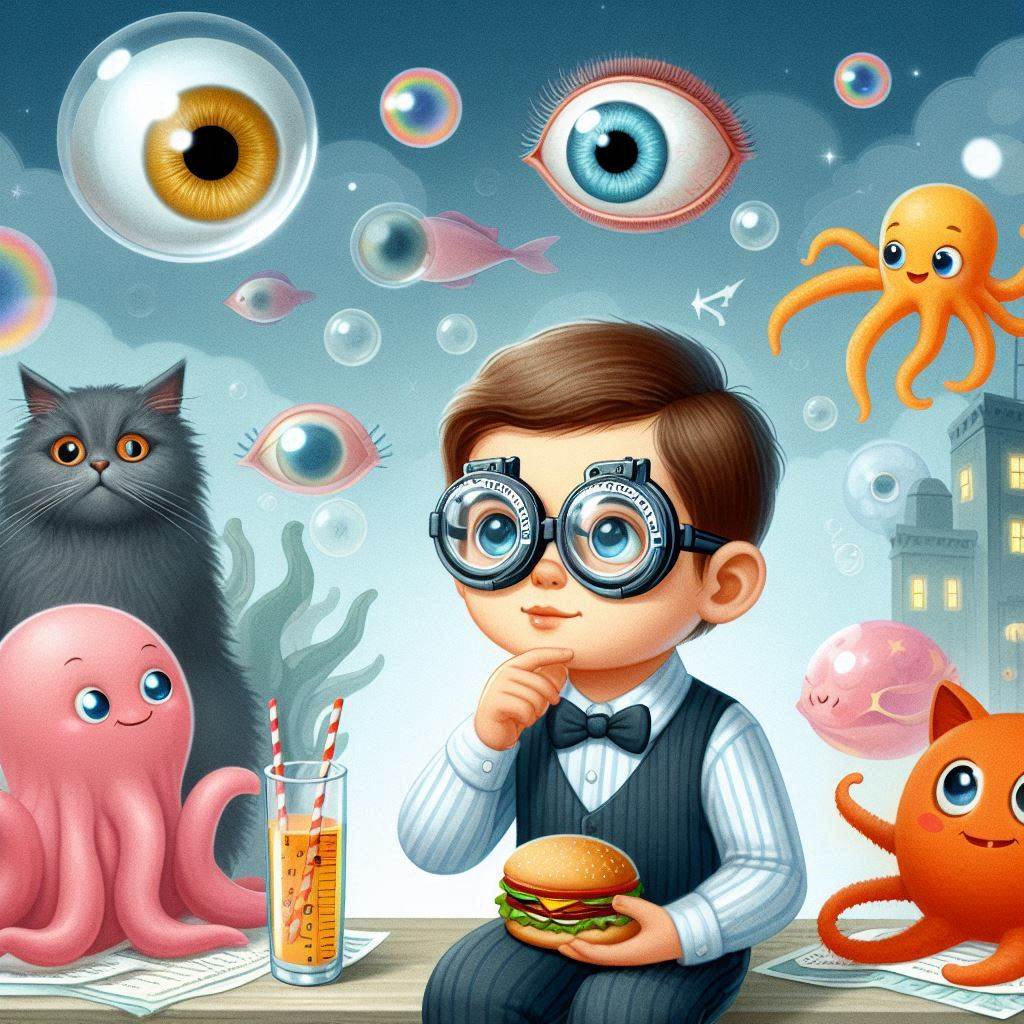How to Slow Your Child’s Myopia Progression
If your child has been diagnosed with myopia (nearsightedness), don’t panic. While myopia can’t be cured, there are several proven ways to slow its progression and protect your child’s vision. Early intervention is key, so taking action now can make a big difference in their future eyesight. Here’s what you can do to help.
1. Encourage Outdoor Time
One of the simplest and most effective ways to slow myopia progression is getting your child to spend more time outdoors. Research shows that children who play outside for at least 90 minutes each day have a slower rate of myopia progression. Exposure to natural light and the chance to focus on distant objects both benefit eye health.
Tips to Increase Outdoor Time:
– Schedule daily playtime outside, whether it’s sports, biking, or just taking a walk.
– Organize family outings that involve outdoor activities like hiking, picnics, or nature walks.
– Limit indoor activities during daylight hours, encouraging your child to enjoy the sunshine.
2. Limit Screen Time
Excessive time spent on electronic devices is strongly linked to the rise in childhood myopia. The blue light emitted from screens, combined with prolonged periods of focusing on close-up tasks, can strain your child’s eyes and worsen their myopia.
Ways to Cut Back on Screen Time:
– Set limits on device use. For example, aim to keep screen time to less than 2 hours a day outside of schoolwork.
– Establish “no-phone zones” at home, like during meals or family time.
– Encourage non-screen activities such as reading physical books, doing puzzles, or engaging in crafts.
– Work with your child to gradually reduce screen time rather than cutting it all at once. Set small goals that you can build on each week.
3. Teach the 20-20-20 Rule
Help your child develop healthier habits while using screens or reading by following the **20-20-20 rule**. This simple strategy helps prevent eye strain by encouraging regular breaks.
How it Works:
Every 20 minutes, have your child take a break by looking at something at least 20 feet away for 20 seconds. This gives their eyes a much-needed rest and helps them avoid overworking the muscles that cause eye fatigue.
4. Ensure Good Lighting for Reading and Studying
Proper lighting is important for reducing eye strain during activities like reading, drawing, or doing homework. Dim lighting can force your child’s eyes to work harder, which may contribute to worsening myopia.
Lighting Tips:
– Make sure your child works or reads in a well-lit room.
– Position lights to reduce glare on screens or books.
– Encourage your child to take regular breaks, even when working in good lighting, to rest their eyes.
5. Explore Treatment Options with an Eye Doctor
While glasses or contact lenses are the most common way to correct myopia, they don’t slow its progression. However, there are several treatments specifically designed to help slow down myopia in children:
– Low-dose atropine drops: These prescription eye drops are used at bedtime to slow the lengthening of the eye that causes myopia. For many children, they reduce the rate of progression by half.
– Orthokeratology (Ortho-K) lenses: These are special contact lenses worn overnight that temporarily reshape the cornea, providing clear vision during the day and slowing myopia progression.
– Peripheral defocus contact lenses: These lenses are designed to shift focus away from the center of vision, helping slow myopia for some children, especially those with a family history of worsening nearsightedness.
Discuss these options with your eye doctor to see what might be the best fit for your child.
6. Schedule Regular Eye Exams
Regular eye checkups are essential for monitoring your child’s vision and tracking the progression of myopia. Early detection allows for earlier intervention, which can significantly slow down the worsening of their eyesight. Most children should have an eye exam by age 3, followed by routine checkups as recommended by their eye doctor.
Final Thoughts
Slowing your child’s myopia is possible with a few simple lifestyle changes and the right treatments. By encouraging more time outdoors, cutting back on screens, using the 20-20-20 rule, and ensuring good lighting, you can help protect your child’s vision. Regular eye exams and a conversation with your eye doctor about treatment options will further support your efforts to slow the progression of their myopia.






Recent Comments